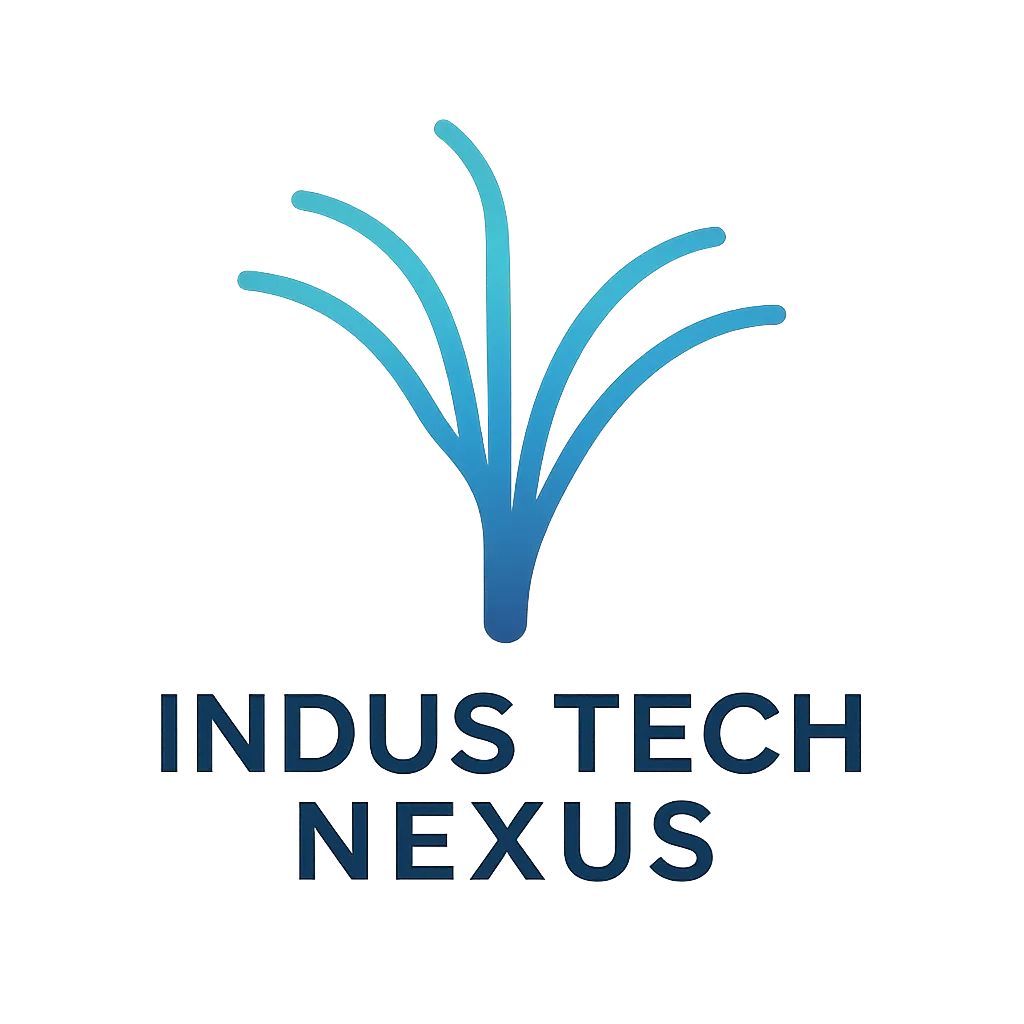Case Study
- Home
- Case Study
SELD Development Dashboard (Sindh, Pakistan)
Client: Planning, Development & Research (PDR), School Education & Literacy Department (SELD)
Delivery Partner: Indus Tech Nexus (SMC-Pvt. Ltd.)
Project Start: August 2025 · Status: In delivery with ongoing management & support
Context & Challenge
SELD oversees construction and rehabilitation of school infrastructure across Sindh. Prior processes relied on annual CSV uploads from Finance, district-driven allocations without an admin gating step, limited visual analytics, and weak traceability for mid-year budget revisions. Key pain points:
- Manual finance ingestion (annual CSV) with delays and reconciliation overhead
- Allocation flow gaps: District officers allocated directly; no central admin control
- No immutable audit for scheme changes (revised budgets, scope updates)
- Value overwrites when allocations were edited (no versioning)
- Low signal for action: No automated alerts or compliance nudges
- Evidence blind spot: Progress verification not anchored to field proof
Objectives
- Turn tabular data into role-based, actionable dashboards
- Redesign the Release → Allocation flow to Finance → SELD Admin → District → School unit
- Add automated alerts (SMS/Email) for thresholds, compliance, and deadlines
- Introduce photo evidence with geo/time validation and steward review
Keep everything on-prem, auditable, and aligned with government standards
Solution Overview (5 Pillars)
OLAP views + custom charts (trends, geo heatmaps, treemaps, variance), drill-downs, and PDF/XLS exports.
Executive, District, and Monitoring views with filters, KPI cards, and saved perspectives.
Admin-first distribution to Districts; District-to-School with ceilings/validations; versioned ledger (no overwrites) and approvals.
PTA-compliant SMS/Email for: pending allocations, ≥80% allocation, missing monthly expenditure, under-utilization; delivery logs and escalations.
Geotagged, timestamped uploads tied to sites/schemes; EXIF validation, steward review queue, hashing, and an evidence gallery.
Implementation Timeline (started Aug 2025)
Data dictionary, ingestion setup (Finance & RSU), first 10 priority visualizations, performance baselines.
Role-based views, p95 ≤ 3s on pilot dataset, saved filters.
Admin→District→School, validations, approvals, versioned ledger.
Threshold policies, escalation paths, delivery reporting.
EXIF/geo checks, steward workflow, compliance KPIs.
District training, DR drills, ops runbook; transition into ongoing management.
(Phases are sequenced; rollouts and training continue in parallel with hypercare.)
How We Worked (Reuse-First, Low Disruption)
- Kept the existing portal (LAMP/Laravel/MySQL/Apache) and added side-car services for analytics, messaging, and evidence—avoiding risky rewrites.
- OLTP↔OLAP separation to keep dashboards fast under load.
- Two-route SMS with a primary PTA-compliant aggregator and a failover route; alphanumeric sender IDs registered across MNOs.
Change management: short training sprints, steward playbooks, and district enablement.
Ongoing Management
Indus Tech Nexus provides 12-month annual support: L2/L3 troubleshooting, security patching, minor enhancements, performance tuning, monitoring reviews, and incident response under agreed SLAs. SELD stewards run the day-to-day allocation, evidence verification, and dashboard publishing.
Early Outcomes (to date)
- Finance & RSU ingestion automated (scheduled jobs) — annual CSV replaced with recurring pulls; reconciliation checks at each run.
- Controlled allocation — Admin-first gate, ceilings/validations, and no overwrites by design via a versioned ledger.
- Faster decisions — dashboards consolidate release/allocate/utilize views with drill-downs to sites.
- Actionable nudges — targeted SMS/Email alerts improve on-time allocations and monthly expenditure reporting.
- Evidence-driven oversight — field photos are geotagged/time-stamped and reviewed before acceptance.
- Audit readiness — every change stamped with who/what/when; exportable trails for external audit.
(Quantitative KPIs such as delivery rates, time-to-allocate, and evidence compliance are being tracked and can be published after the first full reporting cycle.)
What Made the Difference
- Single source of truth from Finance release to school unit utilization
- Immutability & auditability at the core (versioned ledger + evidence)
- On-prem compliance that matches government data-residency expectations
- Human-centered operations (steward review, district enablement) backed by alerts—not just reports
Lessons Learned
- Start with visuals and data quality, then layer in allocation logic—adoption climbs when users first see value.
- Version everything (allocations, revisions, reversals) to prevent silent data drift.
- Keep SMS transactional and concise (to avoid multi-segment costs) and enforce DNCR/opt-out from day one.
- Evidence reviews need clear rubrics (angle, proximity, signage) to be consistent across districts.
What’s Next
- Equity & variance analytics (e.g., release-to-need indices) for planning.
- Public transparency strip (non-sensitive aggregates) to build citizen trust.
- Satellite imagery PoC (BlackSky/Maxar) as an out-of-scope trial for spot checks, if policy permits.
- Inter-departmental reuse (works & services, health) using the same governance pattern.

